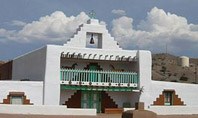
Mission Santo Domingo
Kewa Pueble, New Mexico
Coordinates: 35.514999,-106.358368
#TravelSpanishMissions
Discover Our Shared Heritage
Spanish Colonial Missions of the Southwest Travel Itinerary
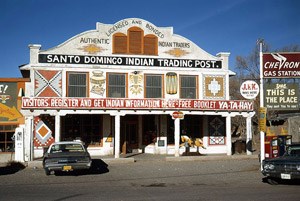
Photo by Svobodat, c. 1971. Courtesy of Wikimedia Commons.
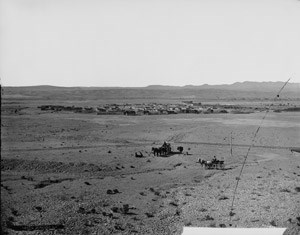
Photo by John K. Hillers, 1843-1925. Bureau of American Ethnology. Courtesy of the National Archives.
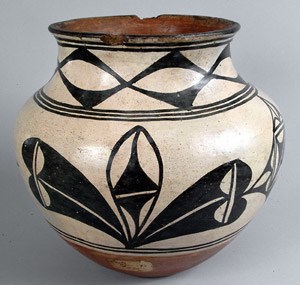
Slip used as the background color on Santo Domingo wares tends to be creamy or yellowish.
Courtesy of Bandolier National Monument Museum.
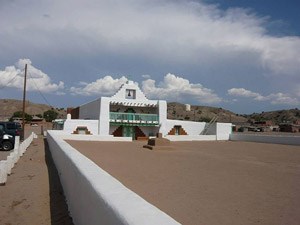
Photo by Davidhc9. Courtesy of Wikimedia Commons.
Plan Your Visit
Santo Domingo Pueblo (now Kewa Pueblo) is located approximately 35 miles north of Albuquerque and 25 miles south of Santa Fe, NM, via the Santo Domingo exit on Interstate 25. For more information, call 505-465-2214 or visit the tribe’s official website or the New Mexico Tourism Department's website.
Last updated: April 15, 2016
